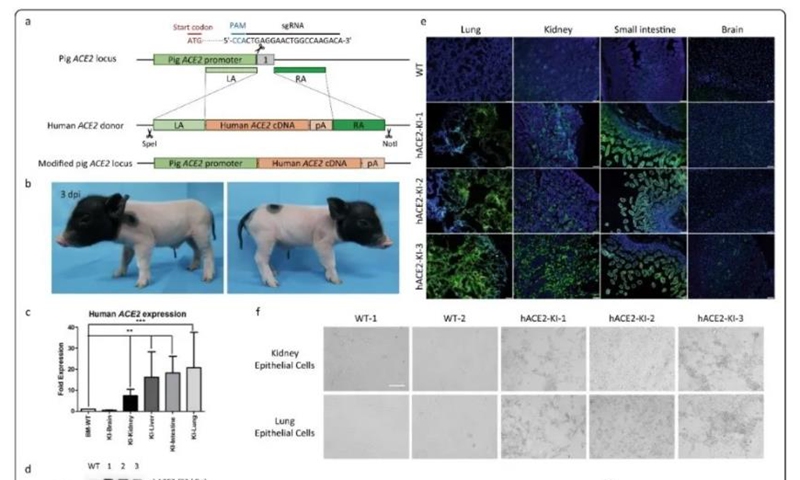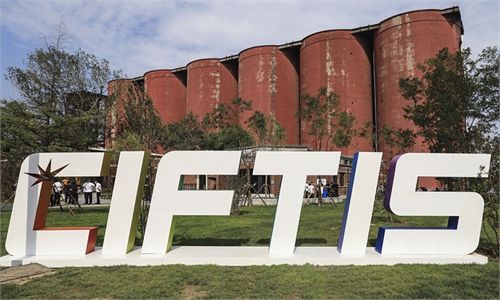Chinese scientists develop simulations of COVID-19 infection to assist therapy and vaccine research

Photo: IMCAS
Chinese scientists developed two simulations of a human body infected with COVID-19 to assist future research on precision therapy and the testing of efficacy and safety of vaccines and drugs.
The Institute of Microbiology of the Chinese Academy of Sciences (IMCAS) announced the progress made in research models of COVID-19 infection on Wednesday.
Research teams from the IMCAS, Tsinghua University and China Agricultural University developed two new models for COVID-19 infection: the human distal lung organoids (hDLO) and the humanized pig model.
The existing cell lines and animal models on guinea pigs and some primates used for simulation of COVID-19 infection cannot capture the key characteristics of human physiology and therefore limit the accuracy of test on efficacy of vaccines and drugs.
The two new models can show clinical features similar to actual COVID-19 patients. The better simulation of a human body has made the two models more reliable on in-depth study of how COVID-19 infects and develops in the human body.
As a result, precision therapy and testing of vaccines and drugs can be promoted and improved, the IMCAS said in the announcement.
Supported by several national funds, including China's National Key R&D Programs and National Natural Science Foundation, the research findings have been published on Cell Discovery magazine.

Photo: IMCAS
Chinese scientists developed two simulations of a human body infected with COVID-19 to assist future research on precision therapy and the testing of efficacy and safety of vaccines and drugs.
The Institute of Microbiology of the Chinese Academy of Sciences (IMCAS) announced the progress made in research models of COVID-19 infection on Wednesday.
Research teams from the IMCAS, Tsinghua University and China Agricultural University developed two new models for COVID-19 infection: the human distal lung organoids (hDLO) and the humanized pig model.
The existing cell lines and animal models on guinea pigs and some primates used for simulation of COVID-19 infection cannot capture the key characteristics of human physiology and therefore limit the accuracy of test on efficacy of vaccines and drugs.
The two new models can show clinical features similar to actual COVID-19 patients. The better simulation of a human body has made the two models more reliable on in-depth study of how COVID-19 infects and develops in the human body.
As a result, precision therapy and testing of vaccines and drugs can be promoted and improved, the IMCAS said in the announcement.
Supported by several national funds, including China's National Key R&D Programs and National Natural Science Foundation, the research findings have been published on Cell Discovery magazine.

